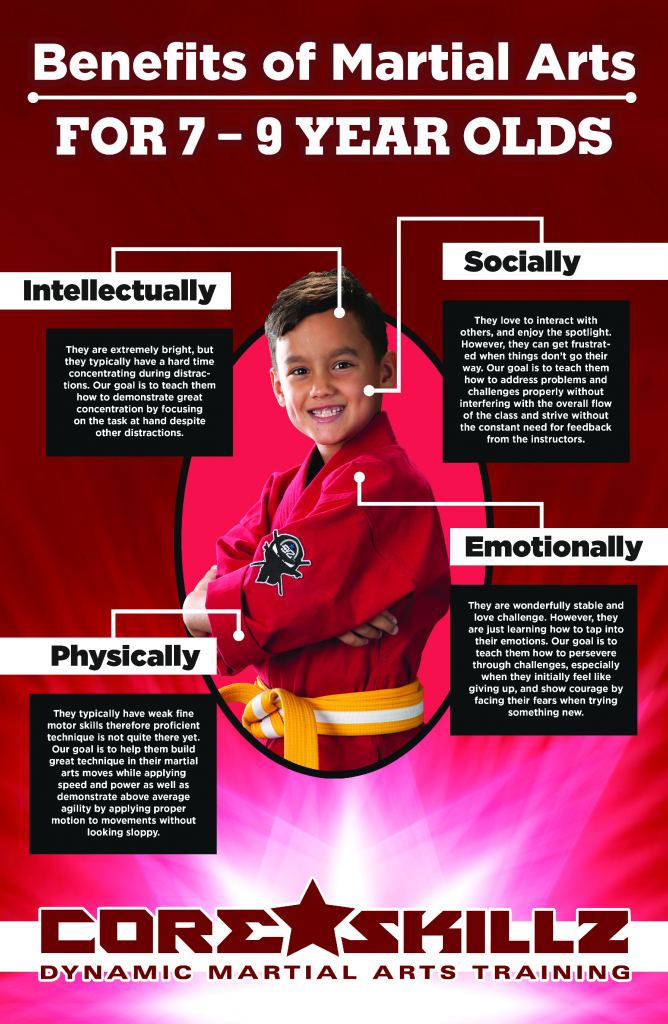The Advancement And Historic Context Of Martial Arts Worldwide
The Advancement And Historic Context Of Martial Arts Worldwide
Blog Article
Article Written By-Sutton Workman
Martial arts have a fascinating history that extends centuries and continents. You may find it interesting how ancient practices like Shuai Jiao and Kalaripayattu prepared for modern-day battle methods. These techniques not only highlight physical skills however additionally show the cultures that birthed them. As what is the best martial art for self defense discover their development, consider how globalization has actually transformed these conventional forms right into hybrid styles. What impacts do you believe have shaped today's martial arts landscape?
Ancient Martial arts: The Structures of Combat
As you look into the globe of ancient martial arts, you'll find the abundant foundations that formed combat methods throughout cultures. Early methods focused on Self-Defense and survival, typically including strikes, grappling, and weapons.
In old China, for instance, techniques like Shuai Jiao emphasized tosses and joint locks, while India's Kalaripayattu showcased dexterity and liquid movement. Japanese samurai created Kenjutsu, a refined swordsmanship that highlighted technique and technique.
Read the Full Report served not just for battle yet additionally as a means of individual advancement, instilling values like respect and perseverance. The blending of these strategies with time laid the groundwork for the varied martial arts you see today, each reflecting the distinct ideologies and requirements of its society.
The Social Influence on Martial Arts Development
While martial arts typically reflect the useful needs of a society, they also embody the cultural worths and beliefs of their beginnings. When you discover different martial arts, you'll observe exactly how they're affected by faith, approach, and social standards.
For Get the facts , the emphasis on regard and self-control in Japanese martial arts originates from Zen Buddhism and samurai society. In contrast, Brazilian Jiu-Jitsu advertises versatility and method, shaped by the demand for performance in a varied, multicultural environment.
You might find that the rituals, uniforms, and training approaches mirror a community's background and identity. By recognizing these cultural impacts, you grow your admiration of martial arts and their function fit human experiences across the globe.
Modern Adaptations and the Globalization of Martial arts
Martial arts have changed significantly in recent years, adapting to contemporary culture and worldwide impacts. You'll discover that conventional forms have blended with modern-day strategies, developing hybrid styles like mixed martial arts. These adjustments cater to diverse target markets, making martial arts accessible and appealing around the world.
With the rise of social media sites and digital platforms, you can discover tutorials and competitors from all corners of the globe, damaging geographical barriers. This globalization has caused a shared recognition for numerous disciplines, from Brazilian Jiu-Jitsu to Taekwondo.
As you engage with these arts, you'll recognize they're not practically combat; they advertise health and fitness, self-control, and mental well-being.
Ultimately, modern-day adjustments have improved the martial arts landscape, making it a vibrant and progressing method.
Conclusion
In discovering the background and development of martial arts, you reveal a fascinating blend of strategies, cultures, and viewpoints. From old techniques like Shuai Jiao and Kalaripayattu to the modern flexibility seen in mixed martial arts, martial arts reflect humankind's pursuit for Self-Defense and personal growth. As you engage with these practices, you not only get skills but additionally a deeper recognition for the diverse traditions that form our world today. So, proceed your journey and embrace the art of battle!
